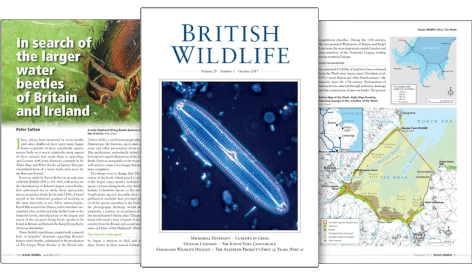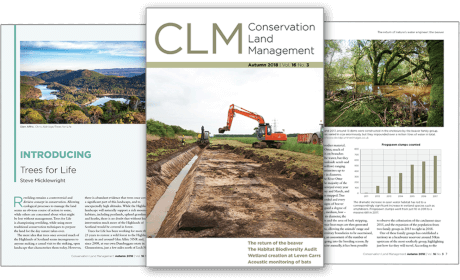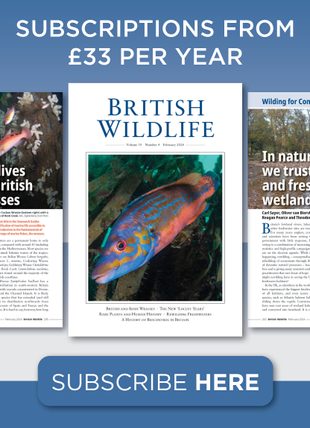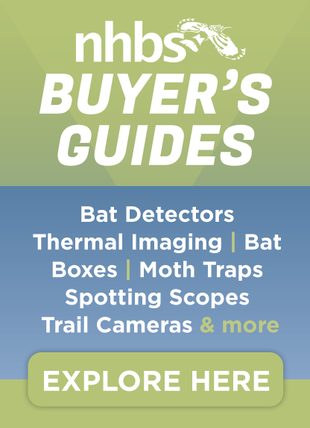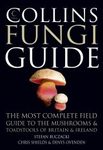By: Sarah Lloyd(Author), Ann Jones(Foreword By), Gael Vizard(Foreword By)
123 pages, colour photos
A hard-to-find, fascinating field guide to slime moulds
![Where the Slime Mould Creeps Where the Slime Mould Creeps]()
Click to have a closer look
About this book
Customer reviews
Related titles
About this book
Where the Slime Mould Creeps introduces the fascinating world of myxomycetes, the acellular slime moulds. It describes their intriguing life cycle and important ecological roles as decomposers, nutrient recyclers and food for numerous invertebrates. It reveals their exquisite evocative forms through microscope and camera, along with time-lapse images that capture the dramatic changes in colour and shape as the fruiting bodies mature.
The past ten years have seen a burgeoning interest in slime moulds, with photographers, students and other enthusiasts captivated by their singular beauty. With more people looking, we now know how ubiquitous and common they are. This popular and informative book – now in its fourth edition – is a lavishly illustrated photographic guide to their identification and an account of a passion for slime moulds that have led to the discovery of a wealth of species living in a tall wet eucalypt forest in central north Tasmania.
Customer Reviews
By: Sarah Lloyd(Author), Ann Jones(Foreword By), Gael Vizard(Foreword By)
123 pages, colour photos
A hard-to-find, fascinating field guide to slime moulds
"It is easy to overlook slime moulds – they tend to be tiny, evanescent and found in dark and damp places. Yet they can be extraordinarily beautiful. Sarah Lloyd, a naturalist, writer and photographer from northern Tasmania, has produced a wonderful book that explores this fascinating group of organisms. [...] Identification of slime moulds usually requires the use of a microscope to determine the size, shape and ornamentation of the spores and capillitia. Descriptions of the species are not included and only occasionally are the microscopic characters displayed. However, the images (many photographed with the aid of a microscope) are vivid and attractive. They portray the fine detail and beauty of the specimens and are representative of the species. [...] Sarah's writing style is clear, informative and entertaining. Her enthusiasm for her subject is obvious and the reader is brought along in this journey of discovery and appreciation. An interesting and effective device is the inclusion of many scholarly quotations and references dotted throughout the book. These fascinating anecdotal snippets are often offered without comment. They inform and illuminate the topic. The book can be read from cover to cover, but one can just as easily open a page almost at random and dip in to find an interesting fact or a beautiful image. This is not simply a reference book, or even a field guide, although I suspect many readers will use it as such. I think it is more inspirational. The reader is drawn into this fascinating and beautiful world and invited to explore it further. [...]"
– Paul George, Fungimap Newsletter #53
"Slime moulds would have to rank amongst the most obscure of the common forms of life on earth. Although widely prevalent in most parts of the habitable world they are rarely seen by other than the initiated, and few ever recognize what may be before their very eyes. The best explanation for this ignorance is the paucity of literature for the beginner. Apart from a short section on myxomycetes in Fuhrer's fungi book the rest of the available literature is highly technical and forbidding. There has been no widely available hand-held guide available for a complete novice to understand slime moulds. Lloyd is to be commended for filling this vacuum by publishing what is hoped to be the first of her books on myxomycetes. [...]"
– Tom Thekathyil, The Natural News #59, newsletter of the Central North Field Naturalists



